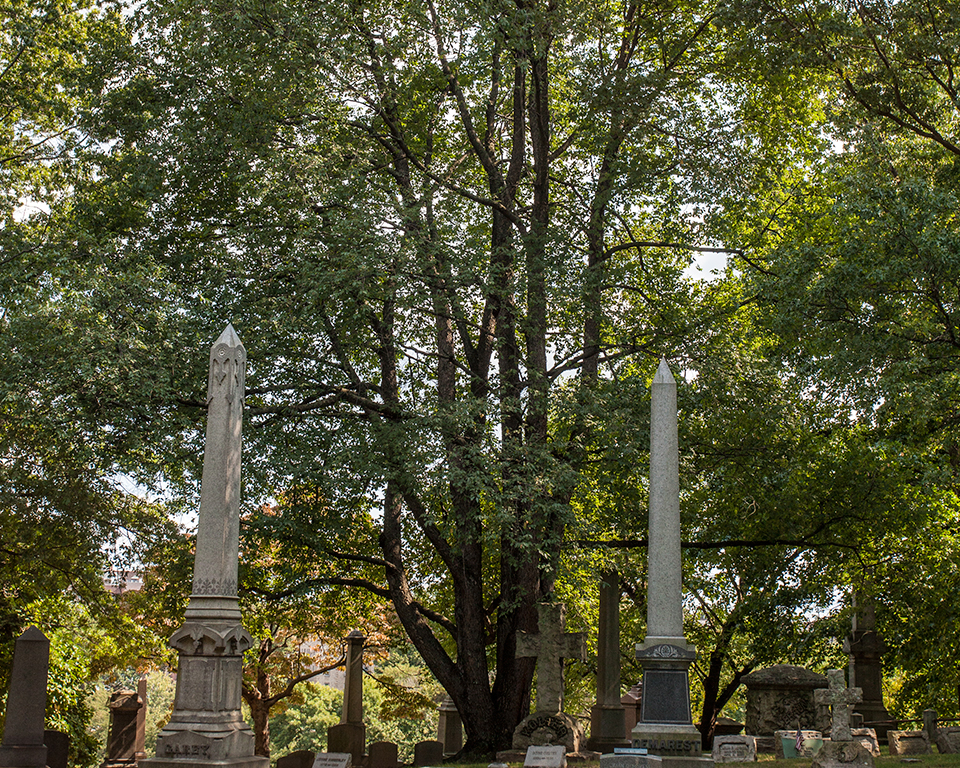PRUNUS SEROTINA – CHERRY, BLACK

Black Cherry is a common tree in central and eastern North America. Large trees can be found growing in the mountains to dry sandy soil in Florida. It is one of the first trees to leaf out in spring. The wood is highly prized by cabinet makers and turners. (I (Dr. Gilman) have made a number of nice furniture pieces in my shop). This adaptable tree is usually seen in the woods or growing along a fence row as birds enjoy the tasty fruit. Wet soil appears to pose no real problem for the tree provided it drains after several days.
If you plant the tree locate it away from cattle and horses as foliage can be poisonous. It would be best to plant this tree away from a walk or driveway because the falling fruit can make a mess. This plant is considered mostly allergy free and causes little or no allergy problems in most people. Foliage from most members of this genus is considered poisonous when ingested. Cherries compartmentalize decay poorly meaning that decay can spread rapidly inside the tree following mechanical injury to the trunk or removing large branches.
Plants disturbed after becoming established have poor survival due to a shallow root system. If you plant Black Cherry, it is probably best to locate it away from walks and pavement. The tree appears to be tolerant of drought in its native habitat where roots are allowed to explore a large volume of soil, but growth is often poor in restricted soil spaces characteristic of urban areas. Trees produce an allelopathic chemical that retards growth of Red Pine and Red Maple.
This plant is among the most resistant cherries to Japanese beetles due to a high cyanide content. The cyanide compound is referred to as prunasin. Trees serve as larval host plants for tiger swallowtail (Papilio glaucus) and red-spotted purple butterfly larvae. Plants serve as butterfly nectar sources as well.
Wood weighs about 50 pounds per cubic foot. Wood is considered semi-ring porous meaning that there is only a small difference in size of pores between spring and summer wood.

